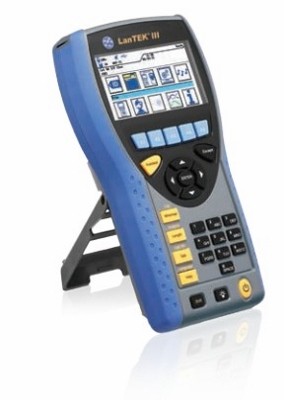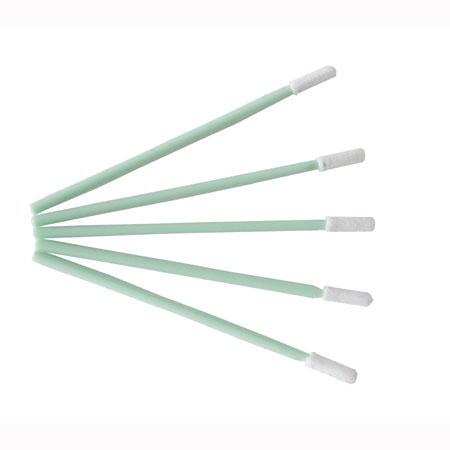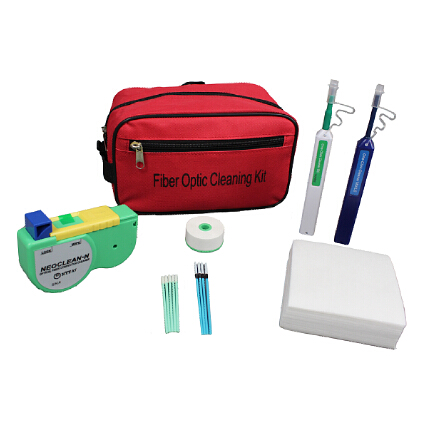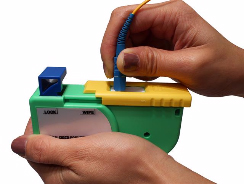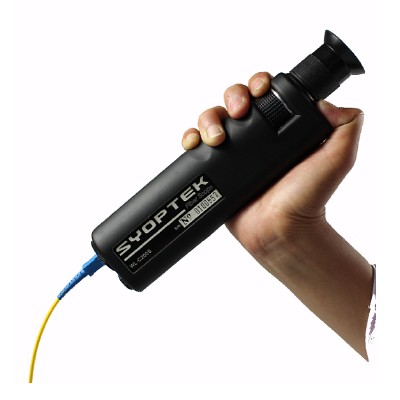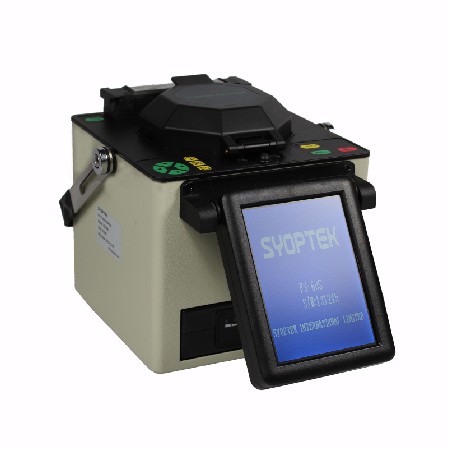
Fusion splice process is to literally weld two prepared fiber ends together, thereby creating a permanent joint with the minimum possible insertion loss. The fusion splice process is illustrated as follows.
So what factors in the fusion splice process determine the insertion loss achieved? The loss mechanism in fusion splice joint may be summarized as follows:
- Core misalignment. Although normally aligned using the cladding diameter as the reference surface, it is generally believed that the complex surface tension and viscosity structures within the core and the cladding do tend to minimize the actual core misalignment.
- Core diameter. The allowable diameter tolerances creates the possibility of attenuation within the joint.
However, where differences between core diameters are large the welding of core to cladding inevitably takes place, which can either exaggerate or reduce the resultant losses. As a logical extension to this it should be obvious that optical fibers having different geometries are difficult if not impossible to joint using the fusion splice method. - Numerical aperture. The above comments regarding core diameter apply also to numerical aperture mismatches.
In addition to these losses, which are almost unavoidable, the level of skill involved in the process demands few abilities other than those necessary to prepare the fiber ends by cleaving. Nevertheless, poor levels of cleanliness and unacceptable cleaving of the ends will incur additional losses due to the inclusion of air bubbles or cracks. Incorrect equipment settings will also influence losses achieved and may result in incomplete fusion.
Fusion splicing is capable of producing the lowest loss joints within any optical fiber system, but their permanence limits their application. The need for demountable connections necessary to facilitate patching, repair and connection to terminal equipment forces the use of jointing techniques which use mechanical splices.

